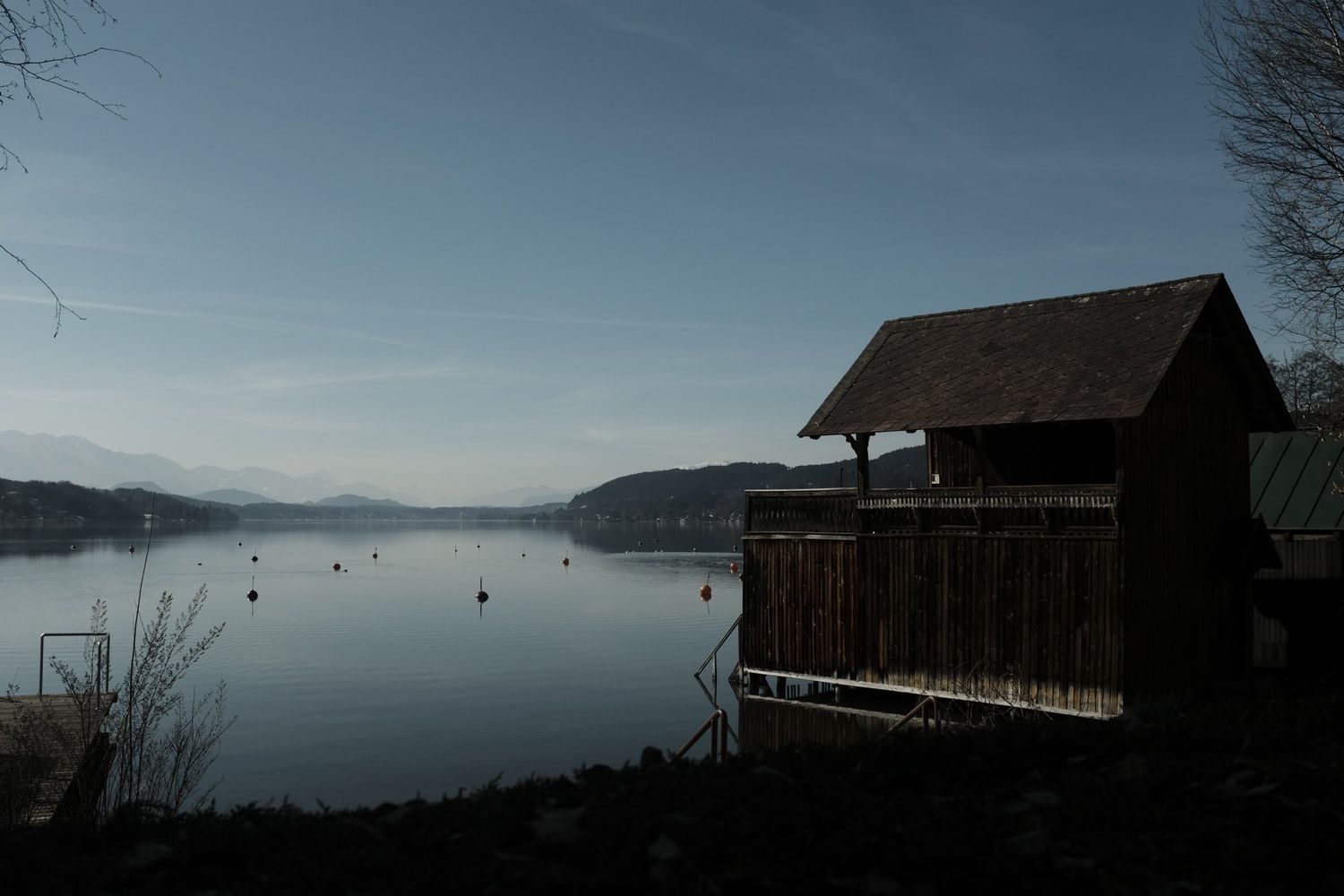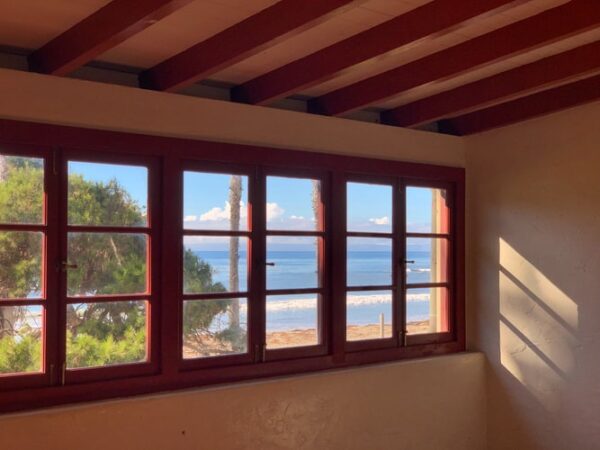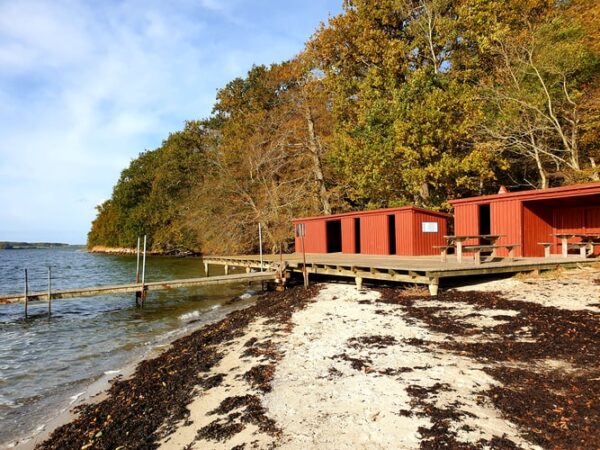
The Cultures And Norms Of Bathhouses Around The World
Learning to relax like a VIP tourist is a top attraction in most destinations. That’s why hot springs, saunas, steam rooms, and hot baths take on different forms throughout the world. The practice of using heat to release toxins dates back to the Neolithic Age, when nomadic tribes would find comfort from the bitter cold by soaking in different natural hot springs they find around the world. These practices curled up their way into modern civilization. It became steam baths and is used not only to get rid of body toxins but also to restore energy levels.
Public bathhouses are a public utility, and it is as old as human history. It is commonly known as the Great Bath and can be found in Mohenjo-Daro, the lost city of the Indus Valley, which dates back to around 2500 BCE. The public does not only use bathhouses, but they can be traced up as a cultural and social hub, or some call it a temple. Many ancient societies elaborate spiritual maintenance and communal exchange during bathing aside from rituals and physical hygiene.

This practice, which the Romans adopted, became commonly adopted by everyone. Bathhouses were visited by the rich and the poor. Each culture has its own etiquette and rules applied to it. Most people bathe in the pool to relieve stress due to work and fatigue. Others use it to socialize and enjoy relaxing moments. All are adapting to the evolving culture even if people have different customs, cultures, and norms.
Russian Banya
All societal status throughout Russian history has enjoyed the banya. Wealthy Russians satisfy themselves in private banyas while middle-class villagers only visit the public banyas to wash off. Veniki, the act of bathers hitting one another with bunches of birch twigs, intends to open pores to increase circulation and an act of self-flagellation. Most banyas nowadays are separated by gender, and nudity is optional. A cold plunge pool and a hot steam room with wooden benches are included, in which the higher you go, the hotter the steam gets.
Turkish Hammam
Hammams, or Turkish baths, were derived from Romans and Byzantine baths, an export of the Roman Empire in the 7th century. The Hammam is a common gathering place for socializing and relaxation. When visitors enter the hammam, they are given a towel, a pair of sandals, and a kese (an abrasive mitt) to exfoliate the skin. The hammam has three main areas: a warm room for taking a bath, a hot steam room where bathers lay as attendants scrub and administer massages, and a cool room for resting. Istanbul’s Cagaloglu Hamami is a palatial marble bathhouse built in 1741, one historic hammam worth visiting.

Japanese Onsen
Japan is a country with plentiful volcanic activity in which natural hot springs are born. One of these natural hot springs is called a Japanese onsen. The practice of soaking in these hot springs for spirituality, healing, and rejuvenation stems from Buddhism, which spread to Japan in the 500s. Some onsens have been around for thousands of years. Dogo Onsen, which is located on the island of Shikoku, was believed to be in use for 3,000 years. You have to keep in mind a protocol when visiting a Japanese hot spring resort: refer to a guide about onsen etiquette when taking a plunge.
Native American Sweat Lodge
Participants in a sweat lodge gather inside a dome-shaped hut or tent, where a pile of heated rocks lies in the middle. A sweat leader protects the stones and pours water on top to fill the lodge with steam. He is also the one to lead the group in song and prayer, and offerings during the ceremony include tobacco which may be offered to the spirits. Sweat lodge rituals last up to several hours, unlike other bathhouses. According to Bucko, the Native American sweat experience is a ceremony that expresses focus on the spiritual side, which pushes both the body and the mind to its limits. One of the most important themes that permit throughout the sweat lodge is suffering for the sake of moral strengthening.
Korean Jimjilbang
Jimjilbangs are always part of South Korea’s family affair and are considered a pastime for everyone. Jimjilbangs are mostly open 24-hours and offer lodges for the night to tired travelers. The materials used in the bathhouse are unique. Jade and baked clay, for example, is used in the sauna to enhance detoxification to relieve stress and joint pain. Body scrubs that contain milk, mitt, and water are used to moisturize the skin while promoting circulation.
The massive Dragon Hill Spa is the most famous Jimjilbang in Seoul. It is a seven-story spa that features sauna baths, salt room, fitness center, swimming pools, food court, gardens, a nail salon, a golf course, an internet cafe, a food court, a seawater bath, and a movie theater. The central sauna is the primary draw of it all because it is infused with an oak aroma and heated by charcoal.

Finnish Sauna
Finland is popularly known for having the most remarkable number of saunas. Sauna is a Finnish word that means a hot steam bath and is constructed by pouring water over the heated stones. The passionate nuts were the first saunas that served as homes. Finnish used the nuts in doing chores that require high heat, like sterilizing the environment, curing the meat, and preparing to bury the dead. Rajaportin Sauna is the oldest public sauna and is still being used in Tampere in the Southern city of Finland. Complete your trip in Finland by trying their traditional steam saunas to enhance your blood circulation, as well as relax, unwind and rejuvenate.
Conclusion
Bathing and concepts of cleanliness are not the same across the world. For others, cleanliness means bathing multiple times in a day, while for others, it may simply have a spiritual or religious significance. For human history, both private and public bathhouses were a rare commodity. The history of bathhouses is depicted with various social concepts of cleanliness, including new religious or spiritual ideas, empires, or cultural influence. The bathhouse remains an important cultural relic that is full of meaning and symbolism.